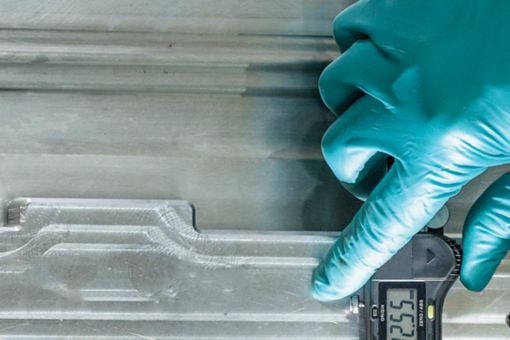The current situation regarding the plastics sector is complex and multifaceted, with both opportunities and challenges. Despite concerns about the environmental impact, the global demand for plastic products continues to grow, driven by factors such as population growth, urbanization and convenience. The Future of Plastics research, explores the Greek Plastics’ sector structure, size and growth, focusing on pricing considerations and financial trends. It provides an overview of key market players, including their financial situation, main challenges but also opportunities we believe they should explore.
Key Points
- The global demand for plastics is steadily growing, while the industry is transforming to overcome market risks. The global plastic market size was valued at $585 B in 2021 and is projected to reach $753 B by 2026, growing at a CAGR of 5.2%.
- Petrochemical processors, raw-material and compound producers, consumer-ready products and End-of-Life (EOL) Management players formulate the value chain. The research deep dives into the production segments and is not focused on the retail aspect of the industry.
- The Greek plastics sector has grown at an average annual growth rate of 8.5% from 2017 to 2021, with 224 organisations identified as key players.
- The Greek Plastics Sector reported an annual growth of 16.2% in 2021 compared to 2020, while its average EBITDA Margin was 9.6%. This was primarily due to the plastics processing organizations highly contributing to healthcare Personal Protective Equipment (PPE) production during the pandemic.
- The Sector represents just over 1% the country’s total GDP.
Main challenges faced by Plastics Manufacturers are:
- Rise of energy prices and material cost
- Regulation and Consumer Shifts
- Absence of appropriate infrastructure
Prevalent opportunities for the sector:
- Product EOL management
- Alternative recycling methods such as “Chemical Recycling”
- Focus and Investment in ESG initiatives
Conclusions
The current situation in the plastics industry is marked by growing demand, environmental concerns, regulation and policy changes, and absence of appropriate infrastructure. The plastics sector is expected to continue facing sustainability and environmental challenges, as well as changing consumer preferences and shifting demand. However, there are opportunities for growth and innovation, particularly in the development of new, more sustainable plastics materials and the transition into circular economy models enabled by the appropriate infrastructure. The success of the industry will depend on its ability to balance economic growth with social and environmental responsibility.



